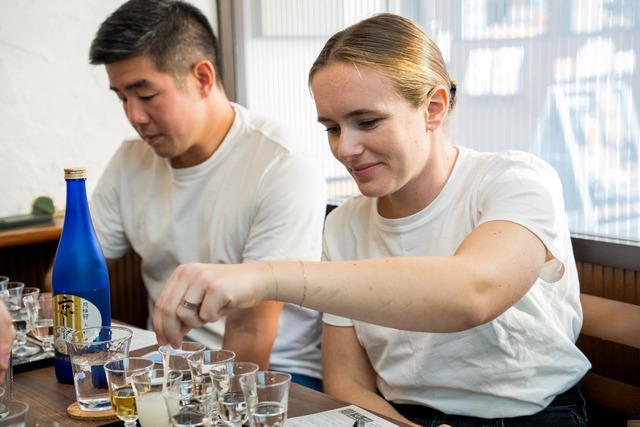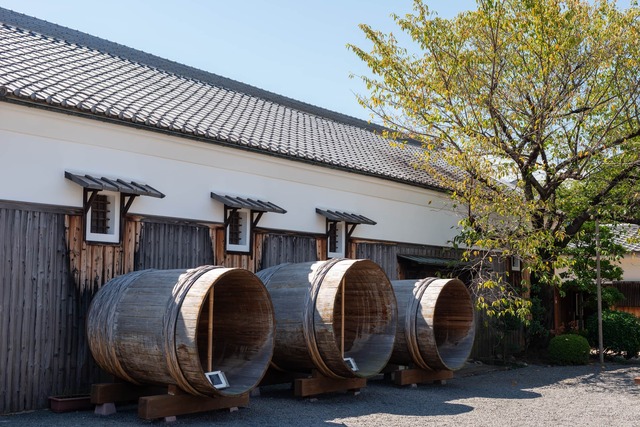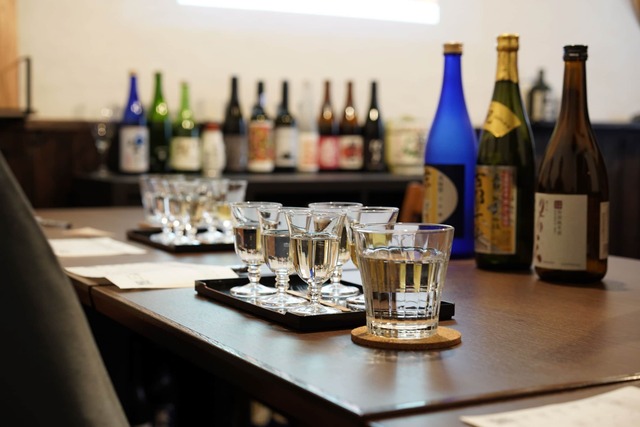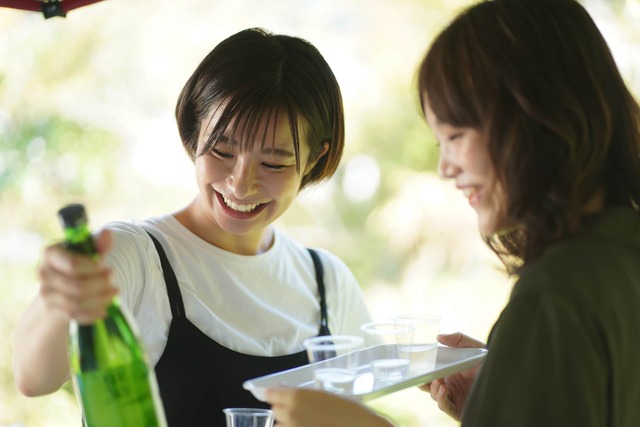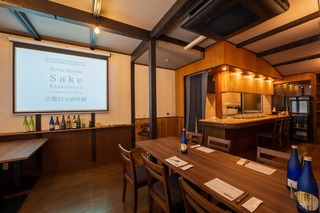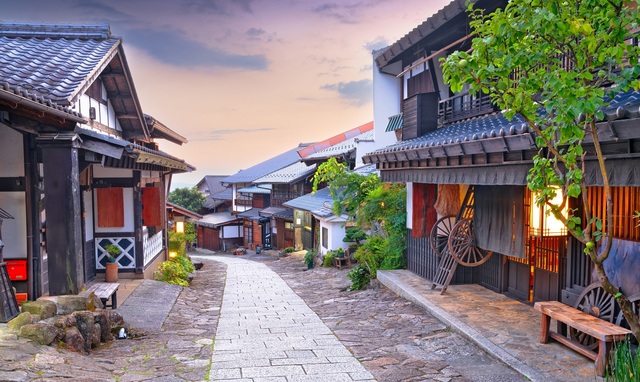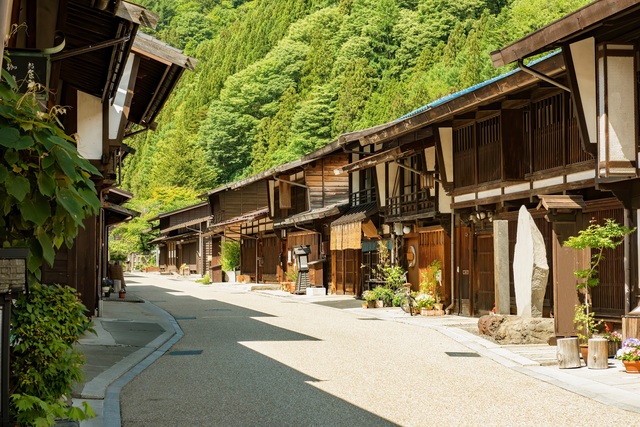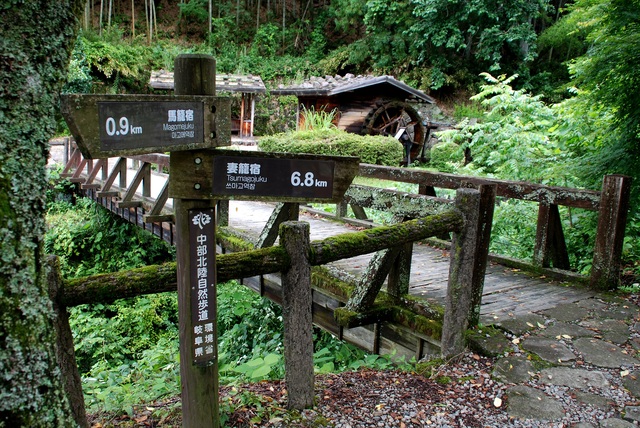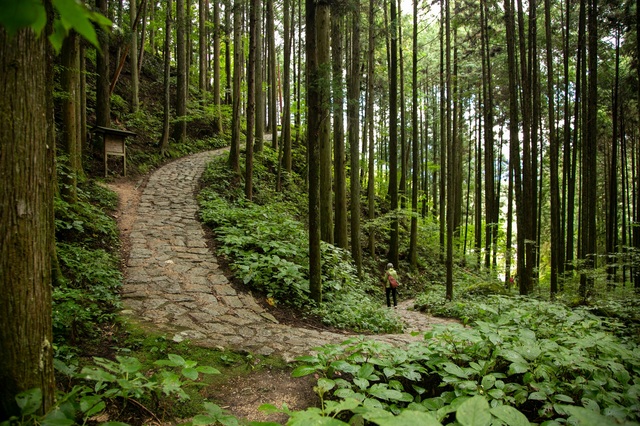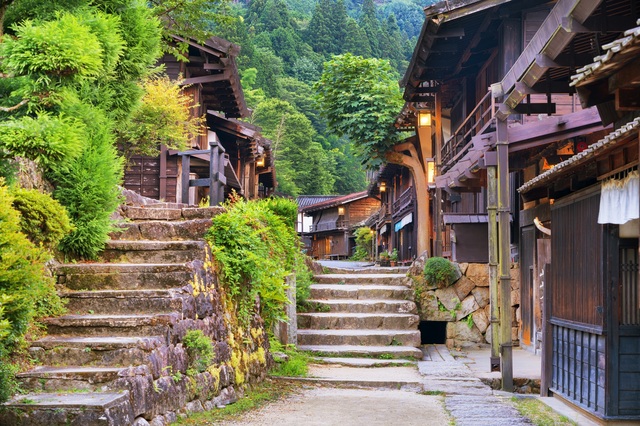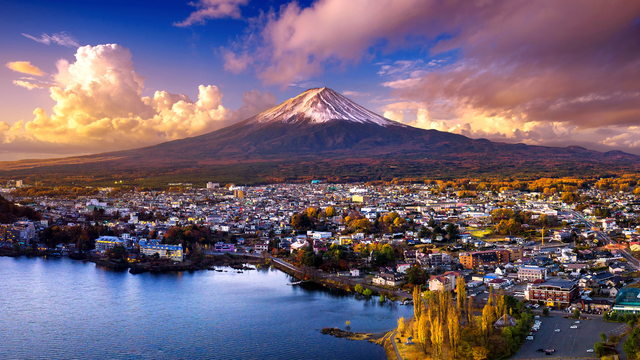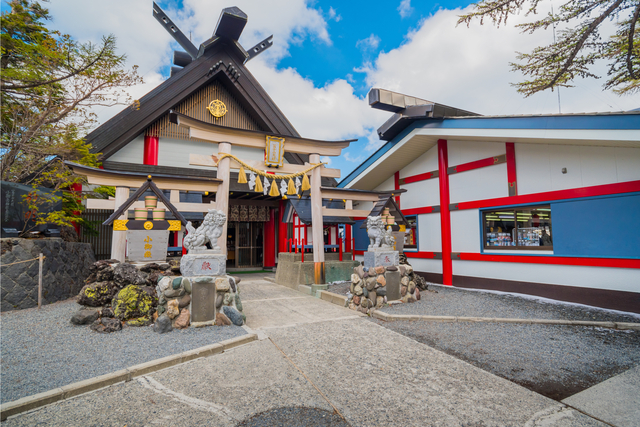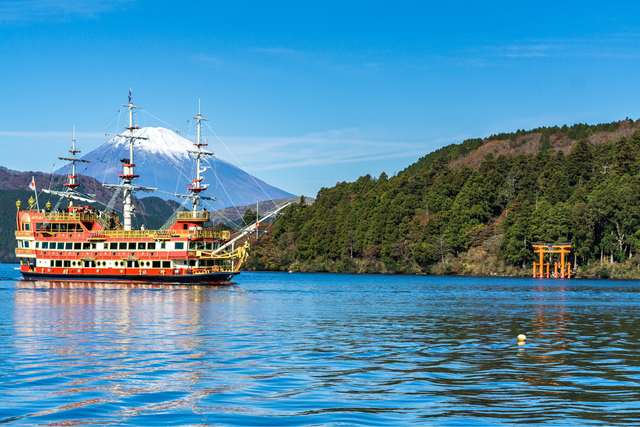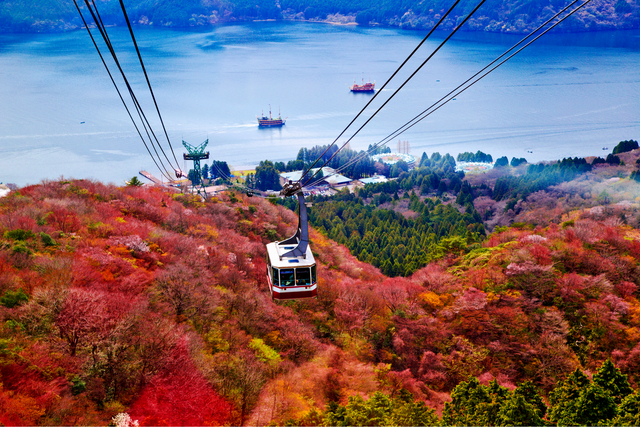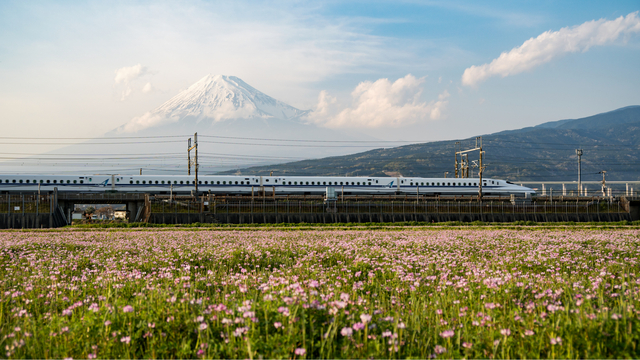Kamakura Walking Tour
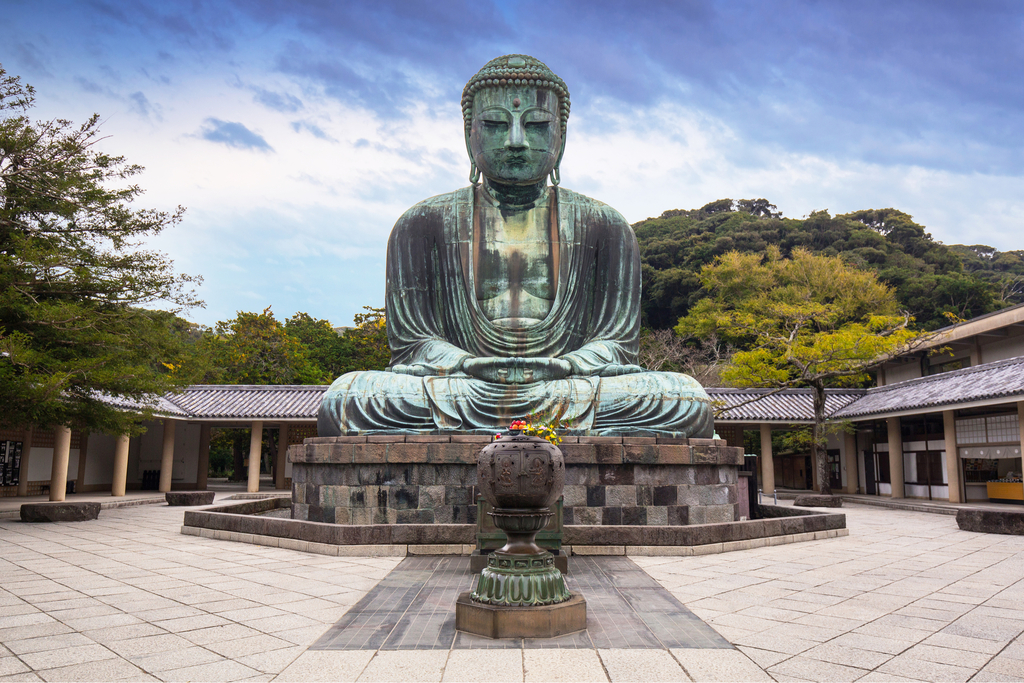
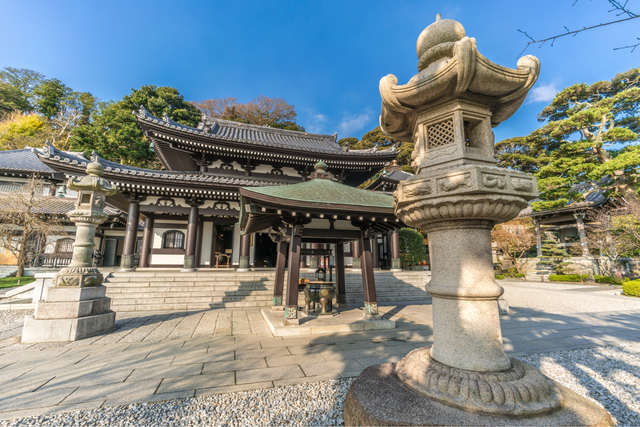
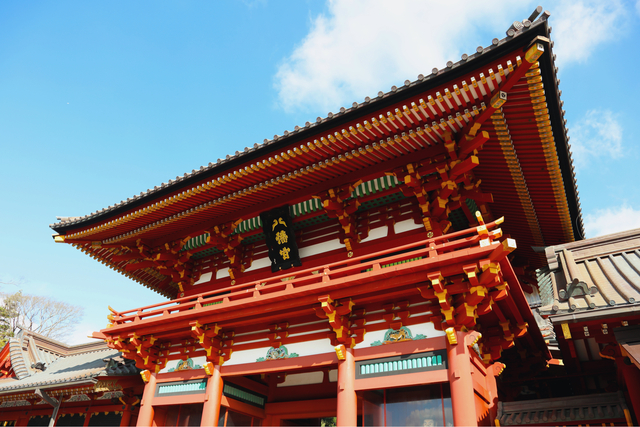
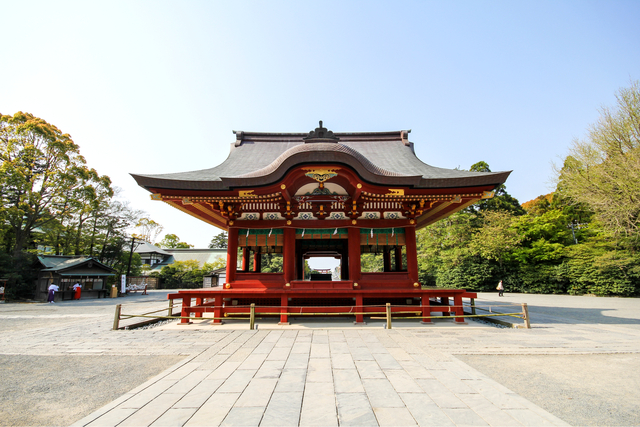
- Culture
- History
Overview
Experience the coastal charms of Kamakura.
Home to many stunning temples and shrines, the city's most famous landmark is Kotoku-in Temple and its 11.4-metre-tall statue of the Great Buddha.
Suggested itinerary
You'll meet your guide at Keio Plaza Hotel Tokyo Main Tower 3F JTB Sunrise Tours Sales Office. Please arrive 10 minutes before departure and bring your tour voucher.
With the guide, you'll walk to Shinjuku Station and take the train to Kamakura; there, you'll switch to the Enoshima Electric Railway to Hase Station.
Start your visit with the Kotoku-in Temple, five minutes' walk from Hase Station. Here you will see the Great Buddha of Kamakura in all its glory.
Five minutes away by foot is Hase-dera Temple, known for its 9.18-metre-tall, eleven-headed statue of Kannon, the goddess of mercy. It's one of the largest gilded wooden sculptures in Japan.
You'll ride the Enoshima Electric Railway to Kamakura Station, where you will have free time to have lunch in a local restaurant (separate from the tour). Put aside time to wander around Komachi Street, a street lined with plenty of souvenir and snack stores.
After lunch, you'll walk to Tsurugaoka Hachimangu Shrine, founded in 1063; it's the most important Shinto shrine in Kamakura. Tsurugaoka Hachimangu Shrine was moved and upgraded by the first shogun of the Kamakura Government, Minamoto Yorimoto, in 1180. Hachiman is the patron of God of the samurai and Minamoto family.
You'll return to Shinjuku Station with the guide via JR Kamakura Line and finish the tour.
The tour ends at Shinjuku Station and you are free to continue your evening in Tokyo.
Important information
What is included
- English-speaking government-licenced interpreter
- Admission fees
- Transportation costs
What is not included
- Lunch and drinks

